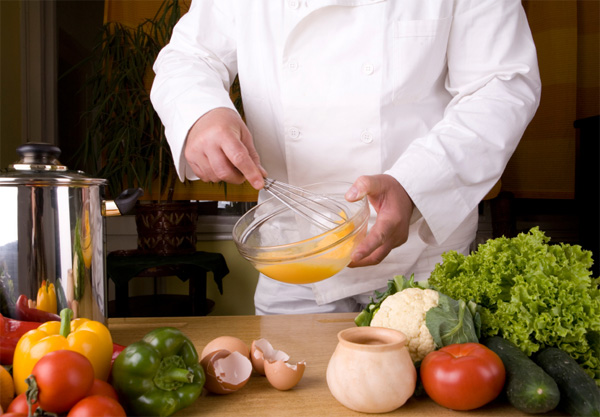Before multinational corporations ever came to be, we had to figure out on our own how to convert living things into something edible that we could cook and eat. And before ice boxes, freezers, canned food and grocery stores, we also had to figure out ways of food preservation. We are actually very resourceful and were able to come up with a handful of food preservation and preparation techniques throughout the ages.
Some of these techniques were designed for food preservation while others were simply designed to hasten food taste. Most of the techniques however were geared to making the food safe for us to eat. Whatever food preparation techniques there may be, the primary purpose of doing such remains the same: it is simply to increase viability of safe and nutritious food that we can eat.
Let’s discuss some of these techniques and assess how they actually work.
Soaking
Soaking is one of the basic elements in traditional food preparation with emphasis on anything that can be fermented. For as long as we have been relying on grains and legumes as our source of energy, then we have been soaking food that long. How do we do this? Cover the seeds with water and let it sit for about 12 hours. Drain and rinse them after.
Why do we do this? Soaking basically prepares the seeds for cooking by means of saturation. Cooking will be a lot quicker if we do this and the end result would be a lot tastier food. Soaking food makes it all the more nutritious by means of extracting more calories from the energy source.
Sprouting
After soaking, a few things can happen with the seeds, nuts, legumes or grains. You can cook them immediately or have them dried or pounded. It can also be prevented from drying by allowing it to sprout. Seeds have been sprouting since the beginning of time although there is no actual data on how exactly people discovered sprouting seeds for health benefits. Sprouting thus, is viewed as a traditional food preparation method that happened by accident. Why do we sprout seeds? Sprouting makes the food more digestible.
Fermenting
Fermentation is the process of chemical transformation that breaks the food into simpler compounds with the use of enzymes from molds, bacteria and yeasts. The process of fermentation depends on what you are trying to ferment. Some foods ferment on their own because of the presence of lactobacilli. Others however still need a starter agent for the fermentation process to start.
Pounding
Mortar and Pestle are the typical equipment used for pounding. The process involves placing the food in a container and using a blunt object to crush and grind. Pounding in essence increases surface area of the food and at the same time allowing extraction of maximum calories from the food.
Drying
Drying is obviously the oldest food preparation technique. Before dehydrators were invented we use natural sources like the wind, the heat from the sun and the open air to dry foods. If drying fish or meat, it is best that you add salt to aid in the preservation process.
Based on known evidence, we have been preparing and preserving food in many ways, many of which still are in practice today. Have you eaten any foods prepared in these methods?
Syreil Jude is a seasoned elearning professional and a subject matter expert on food and beverage safety. Her experience in B2B is focused mainly on providing online training in the corporate setting. Currently, she is focused on understanding the dynamics of food safety as well as the importance of compliance training in business. Connect with her on LinkedIn and Twitter.
Photo credit: ©iStock.com/prebranac

